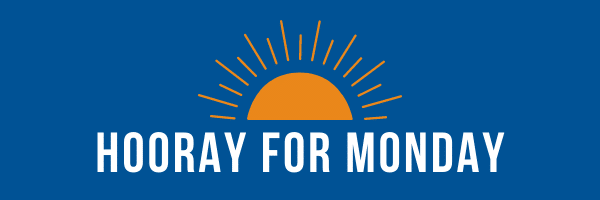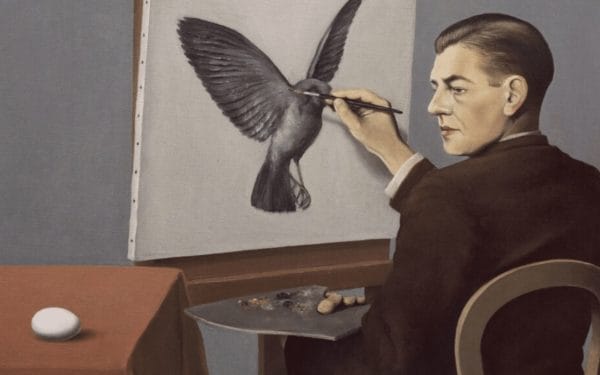March 8, 2021
By Aleta Margolis, Founder and President, Center for Inspired Teaching
Hooray for Monday is a weekly blog filled with questions, ideas, reflections, and actions we can all take to remodel the school experience for students.

Last week I talked about the power of embodied learning and how an excellent teacher guides her students through the discomfort of the unknown into a place of owning newly gleaned knowledge. Embedded in that process for a teacher is an appreciation of the concept of the beholder’s share.
The concept was originally developed by art historian Alois Riegl, and his disciples Ernst Gombrich and Ernst Kris. This article defines the beholder’s share as “the workings of the mind of the viewer (the beholder), including decoding the visual information, determining its meaning, understanding it, and interpreting it – depending on one’s prior life experiences, emotional memories, and idiosyncrasies.” In other words, our view of the world and our learning within it are shaped by our unique way of perceiving things. The article illustrates the idea with a Magritte painting in which the artist paints a flying bird while looking at an egg for his model. What we see with our mind’s eye is unique to our own minds. And every student brings their own beholder’s share to the classroom.

La Clairvoyance, 1936 by Rene Magritte
In the example I offered last week, I described my experience as a student of dance in learning someone else’s choreography and recreating it my own body. As students inhabit the art someone else has created, we become co-creators. And then, if we keep going, we ultimately become owners. Inspired Teaching’s Instructional Model places students in the role of emerging expert. This is where true learning lies. But it requires the teacher to let go of the need to be the primary source of that learning.
When I was in second grade, I loved math. I was obsessed with numbers and spent most of my class time turning digits over in my head and figuring out how they related to each other. One day I made a discovery, right there in the middle of math class. I raised my hand and excitedly told my teacher, “Guess what! I just figured out something important! If you add two even numbers together, you will always, always get an even number as your answer!” And then I went on, “If you add two odd numbers, the same thing happens – you will always get an even number as your answer…But! If you add one even and one odd number, you will always get an odd number as your answer!” I finished my announcement, breathless with excitement about the information I had just uncovered. My teacher (who was also the teacher of the 2+ dozen other second-graders in the room) calmly pointed out to me that this was not new information. In fact, she pointed me to the page in the next chapter of our textbook that spelled out something called even/odd integer rules.
So, at age 7, I ended up learning that math wasn’t mine. That perception was something that influenced my engagement with the subject for years to come. I had tried to become a co-creator, even an owner of a mathematical concept. But my teacher kept me in my role of an outside observer. It wasn’t her fault. She did what nearly any teacher would have done, what teachers are expected to do – she settled me down and pointed me to the information I needed to know. She made sure I, along with all her students, would be familiar with the content in the curriculum. But what would have happened if instead of dismissing my ah-ha moment she’d said something like:
-
What a neat discovery. How did you figure that out?
-
Could you draw a picture to explain the math rules you discovered to the class?
- Now that you know numbers work that way, what else does that make you wonder?
It takes time to revel in our students’ discoveries. It takes a willingness to be open to a child’s wonder from which life as an adult has distanced us. And in the most interesting of situations, it can even mean opening ourselves up to seeing things in wholly new ways because our students have things to teach us too.
When the confines of 180 school days and metrics of expected growth loom large in our work, it’s hard to give our students their beholder’s share of the learning process. But we know the gleaning of knowledge is so much more than memorizing explanations in the textbook. What if, in denying that co-creator experience for our students, we also deny ourselves? Each new insight we get into how our students think expands our understanding of the infinite ways people learn and see the world. That growth in our own beholder’s share is what builds our skills as teachers and expands our capacity for engaging the learners in our care.
